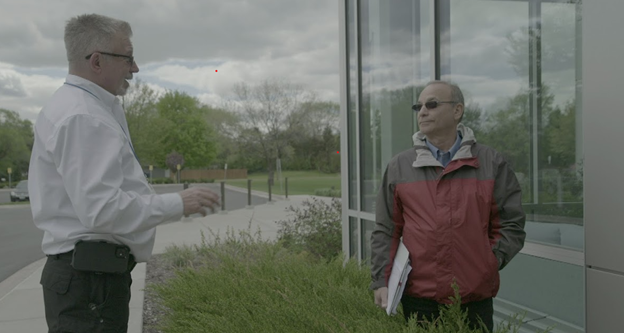Building Envelope Auditing—Let’s Get Started
Learning Objectives:
- Determine if a building is a good candidate for a Building Envelope Audit.
- The ability to research and contact service providers within the Building Envelope Auditing space.
- Evaluate and compare vendor proposals based on value.
- Become familiar and aware of the need and potential impact of a Building Envelope Audit.
Credits:
The Commercial sector accounted for 18% of the total U.S. energy consumption in 2021 and the building envelope accounts for approximately 30% of the primary energy consumed in commercial buildings. This presentation looks at the current state of building envelope analysis and helps identify the first step towards an effective decarbonization strategy for building owners and operators. The analysis must first identify various envelope energy conservation measures (things that need to be improved) and include financial payback (ROI) as well as environmental impact (Carbon Reduction Potential). Building owners and operators must first understand where they are today, the cost and impact of implementing an envelope strategy if we are to achieve the goal of net zero greenhouse gas emissions by 2050. The presentation will conclude with a case study to illustrate the need and simplicity of the first step.

Photo courtesy of Tom Harris PUR Consulting

|
Tom Harris, has spent over 40 years in the Polyurethane Foam industry in both Canada and the United States. He has spent many years as a foam-system development chemist for BASF and Demilec/Huntsman and worked with Honeywell to deliver their HFO technology to the global market. Tom supports the spray foam industry through committee work as the Chair of the SPFA's Consultant Committee, a member of the Building Envelope Committee, Advocacy Committee and a part of the SPFA teaching faculty. He is also a certified ABAA field auditor and ABAA teaching faculty member. |









